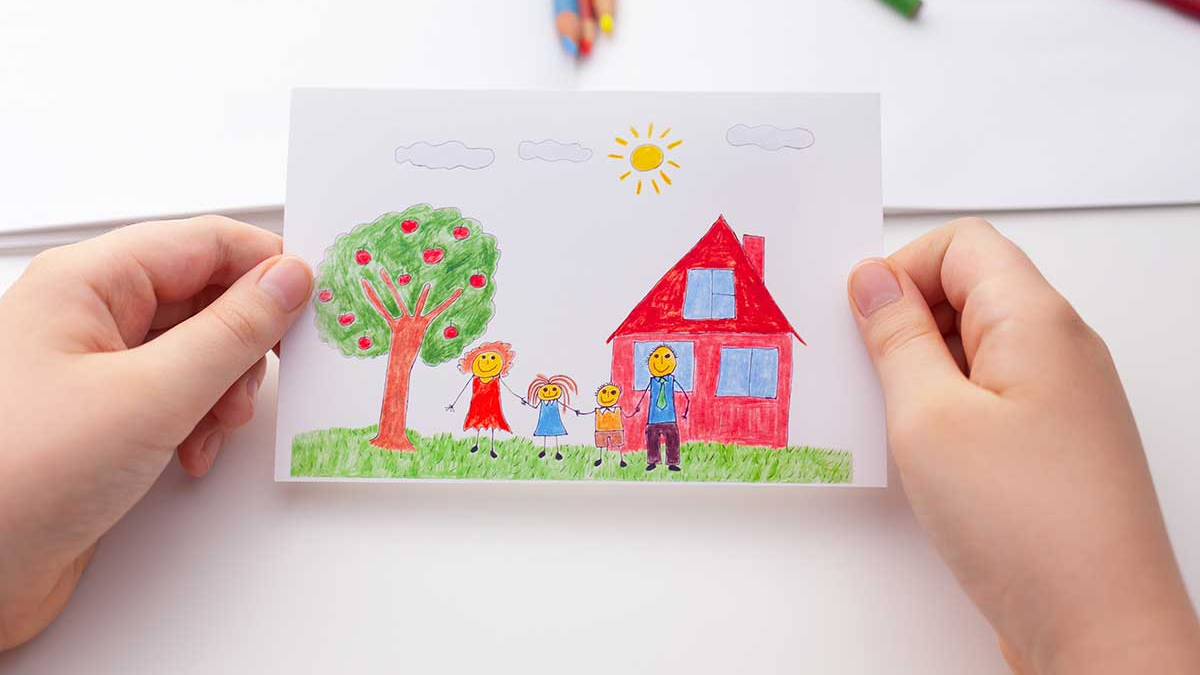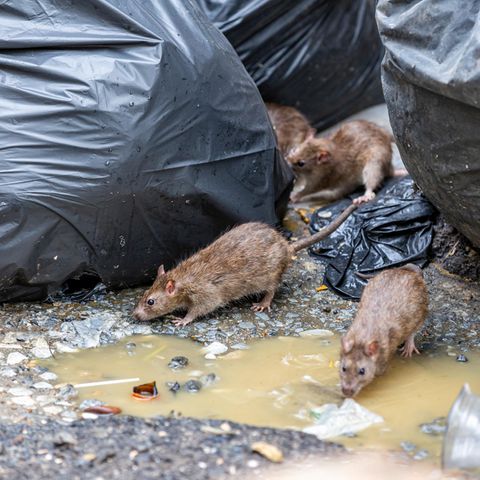We conceive at families and people as systems in permanent change, inserted, in turn, in a culture that modifies them and that they in turn modify.
Without a doubt we can say that the family builds society and at the same time society is built by it.
The family It has changed its structure and physiognomy throughout the history of Humanity and continues to do so. We observe a profound change of paradigms in relation to family relationships, which leads to the necessary review of the basic pillars of the psychological, sociological and legal theories from which we approach it. Technological advances in medicine have caused the average lifespan to be extended, rethinking andl “for life” implicit in the marriage contract. Therefore we have begun to talk about “family trajectories”and not so much about family in the singular, since throughout life a person can go through more than one family form.
The content you want to access is exclusive to subscribers.
Today, traditional families coexist in the world, blended, single-parent, with children in the care of uncles or grandparents, etc. In addition to biological or genetic ties, we have begun to talk about emotional social kinship (or kinship by affinity), to reflect the relationship that exists between people who, without being relatives, behave as if they were. The most innovative structures that are challenging to approach are those in which a man or woman with or without a stable partner who suffers from infertility has decided to procreate from the genetic material of a donor and/or in addition to this, they have used surrogacy. In an order of greater complexity, those cases are included in which a person who has been married and has had children separates and changes his or her sexual inclination, choosing a partner of a different sex than the first. Or when one of the members of a stable couple changes their gender identity, but maintaining the marital union they had before the change and children are born within this union.


We can then talk about the emergence of new ways of being a father (neoparentalities) and of being a child (neofiliations).
From the psychoanalysis We consider that the maternal and paternal functions are not necessarily linked to the gender of the parents, nor to bodies that support genders consistent with them, but that both could exercise these functions. It is known that there are masculine and feminine elements present in both men and women that are essential for raising children. The presence of the desire for a child in men is studied from other perspectives, unlike what happened before, when it was thought to belong only to the feminine field.
Procreation is no longer based solely on sexuality, as traditionally maintained by religious, medical and legal discourses.
These events are generating changes in the “childhood sexual theories” (responses that children construct in response to the curiosity of knowing where their children come from) that have been studied by psychoanalysis. We find that these theories are also epochal creations and are strongly influenced by the characteristics of the culture in which they emerge and the “permission” of the environment to investigate and think.
No one can know for sure where the family is going. Social changes happen despite our preferences. Yes, it is necessary to reformulate the theories and frameworks from which we interpret and accompany these transformations.
We conceive at families and people as systems in permanent change, inserted, in turn, in a culture that modifies them and that they in turn modify. Science advances over Nature and constantly questions it, showing its strong impact on family relationships.
Without a doubt we can say that The family builds society and at the same time society is built by it.
Among the vicissitudes of current relationships, the idealized images of the nuclear, marital and heterosexual family with their anchoring in human nature are diluted.
Those of us who work on “linking” find ourselves in the need to find different ways of thinking about complexity and create new “roadmaps.”. And we must stop using certain dichotomous thought schemes that are based on binary dilemmas or polarities and that use the traditional categories masculine-feminine, man-woman, active-passive, virility-femininity, father-mother.etc.
Many changes have occurred in the structures of families, but what has not changed – and may never change – as Elizabeth Roudinesco says in her book ““The family in disarray”is that everyone wants and needs to belong to a family.
Department Coordinator of Couple and Family of the Argentine Psychoanalytic Association. She is the author of the books “The Family and the Law” and “Families Alone”.
Source: Ambito
David William is a talented author who has made a name for himself in the world of writing. He is a professional author who writes on a wide range of topics, from general interest to opinion news. David is currently working as a writer at 24 hours worlds where he brings his unique perspective and in-depth research to his articles, making them both informative and engaging.




